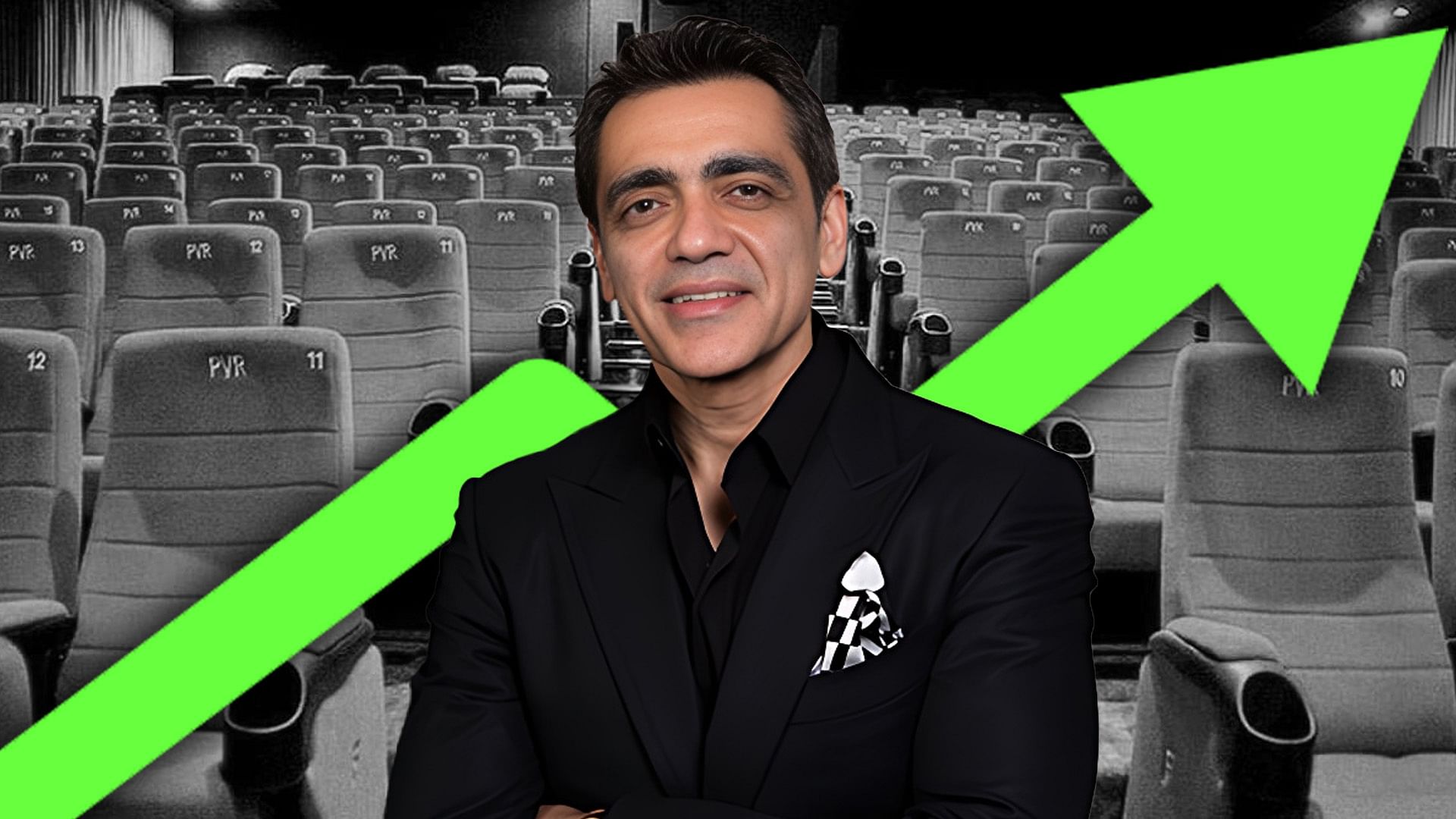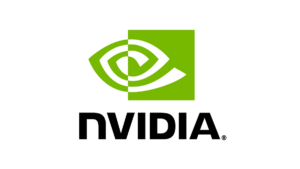An aerial shot of PVR Cinemas’ business in 2019 would have looked spectacular. India’s largest multiplex chain had swelled to 800 screens. More than 100 million visitors had walked through its doors across the country that year. At least 10 million of them had picked up its Privilege membership card by then.
Jump cut to 2020, and PVR’s halls were suddenly deserted. It was shutters-down as the country went into lockdown. The F&B cash registers, which used to bring in 30% of its revenue, were empty. No business and, worse, no visibility on business. The chain went from being an industry darling to a question mark. Things stayed that way for months. If this had been a Hollywood western flick, there would be tumbleweeds rolling in the frame at this point.
When the dust finally settled and things came clearly into focus, it was March 2022. Cinemas were allowed to be 100% open. Some were eager to return to watching films outside, some still had concerns. Slowly but surely, PVR’s halls began filling up again. Food and beverages. A few months later, it merged with one of its biggest rivals INOX to create a robust balance sheet. The chain was back to opening new screens too.
It is early to declare a happy-ever-after for film exhibitors just yet. “The Spanish flu happened in the 1920s and cinemas survived for the next 100 years,” PVR chairman Ajay Bijli tells YourStory. Comparing 100 years of cinema to 11 months of post-Covid operations is like “comparing apples to pineapples”, he observes. What can be said is that the show is still going strong.
What can also be said is that PVR Cinemas has lived through the toughest times and learned important lessons.
The story of PVR Cinemas begins in the 1970s, when Ajay Bijli’s father began running a theatre named Priya Cinemas in addition to the family’s transportation business. In the 1980s, the junior Bijli took the reins and following a joint venture with Australian cinema and theme park operator Village Roadshow, Priya Village Roadshow was born.
PVR Cinemas, which completed 25 years in 2022, ushered in the multiplex era into India after it opened the first ever multiplex in Saket, New Delhi. Ever since, Bijli has viewed his chain’s role as that of a pivotal carrier — “the conduit between the film-goer and the filmmaker.” The chain has become the world’s 5th largest.
From early on, PVR understood that film-going in India is an event. Uniquely, there is an interval here. The movies here are longer than international films. They are also more glamorous. The movie-goer’s enthusiasm matches the content produced in India – larger than life. People dress up, arrive in groups, and interact with the space beyond just going into the screening hall. They chat and buy more refreshments in the break.
On the other hand, international movie halls are designed such that you go in and buy a ticket, visit a concession stand to pick up some popcorn or a cola, and once you enter the screening area, you rarely come out. That is why the PVR chairman did not take cues from international exhibitors when he was looking for creative inspiration. He examined hospitality instead, including players such as Oberoi Hotels, Four Seasons, Emirates, Starbucks, etc.
Bijli wanted to do one thing and do it well: make the exhibition experience special. He wanted to bring cinema’s dreamy, make-believe quality inside and outside the hall. His chain was the first to introduce ordering and service at the seat, for example. “People should feel that this is something they won’t get at home.” On-site hospitality became PVR’s hallmark.
All was well until Covid struck. When the venues were off limits, PVR’s singular attention to hospitality at the venue became redundant. “Our model was not adaptable,” recalls Bijli. “I didn’t even have home delivery or cloud kitchens. Because the restaurants did not have a QSR model, they had a bad time.”
Bijli adapted by launching packaged F&B products online and offline. The last 3 years have been life altering for me. How to look at the positive side of things. If I had gone too deep into the negativity – 18 months of complete shutdown, our format which had worked for the last 32 years but I didn’t think too much. I kept reminding myself to count my blessings.
It took a village for the chain to find its feet again. Investors including Renuka Ramnath and Warburg Pincus were still willing to bet on it. It raised Rs 800 crore through QIP, and completed its Rs 300 crore rights issue during the period. Some of the developers helped the chain with rent relief. Some in the film fraternity such as Aditya Chopra supported exhibitors by holding on to his films till the cinemas reopened.
“The last three years have been life altering. We are fortunate to have survived this baptism by fire,” the chairman says.
Another thing happened during the pandemic. Viewers warmed up to watching content on OTT platforms. Several filmmakers are choosing an online release too. Begs the question — are theatres a fading phenomenon?
Cinema halls will disappear from the face of the earth, Naseeruddin Shah said earlier this year, and OTT is the future. Bijli says it is impossible to make blanket predictions about the country. “As Amartya Sen said, what is true about India is also untrue.” As long as human behaviour is diverse, he reckons film exhibitors will survive. “You can cook at home or you can go out to eat. Kids today, who are the bulk of my market, cannot be at home. They want to get out so the food courts, restaurants are packed on the weekend.”
He argues OTT and movie theatres will co-exist. “It is not an either/or scenario. We should always have multiple channels. That way the money flows back to filmmakers. So everybody’s free to do both things,” Bijli adds. “When you make something for OTT, or sell something to OTT, there’s a cap on how much you can earn. With theatrical releases, there is no upper limit. That’s a compelling reason for filmmakers to not let go of this channel,” Bijli explains.
OTT buyers tend to consider the budget of the film, and how much it can move the needle for them in terms of subscriptions, and pay a 10-20 premium on that. Meanwhile, with big screen releases, small to medium budget movies like Kantara or Kashmir Files have made over Rs 300 crores, and big films like Pathan have made more than Rs 600 crore.
Another indicator that multiplexes are here to stay is in the fact that organised retail infrastructure is growing rapidly. The two are joint at the hip. “We have almost 390 screens under fit out and planning right now. It’s a problem of plenty for us,” Bijli notes, with a smile. “Customers are keen to go to an air conditioned environment where they can conveniently park their cars and eat and shop.”
Malls are being built everywhere, be it metros such as Delhi or Mumbai, or smaller towns such as Ajmer, Wapi, or Surat. Exhibitors are spoilt for choice.
PVR has observed never-before peaks as the content game changes. OTT series have created a taste for edgy material. This has sent the film fraternity back to the drawing board, to figure out how to bring the same edginess to the big screen. Likewise, an appetite for southern Indian films developed across the country in lockdown.
South Indian films are now going for a pan-India treatment. Those films are faring above pre-pandemic levels already. Amid all this, Bollywood is collaborating with stars everywhere to broaden its appeal. “That is a big change in mindset,” says Bijli. It is good for business.
“We’ve never had KGF 2 type of numbers, we’ve never had RRR type of numbers. They were the best in their respective categories. In Hollywood, we’ve never had Avatar-type numbers. In Bollywood, we’ve never had Pathan-type numbers. Even Drishyam, a moderate budget film made 300 crore, and Gangubai with a female protagonist did amazing numbers.”
While the audience is passionate, it is also picky, he cautions. “When something doesn’t click, it really doesn’t.” The valleys are just as extreme. For Bijli’s chain, the main challenge is bringing back the 55-80+ age group, who have stopped going out in the last few years.
He remains optimistic about the future, especially after the PVR-INOX merger. “The exhibition sector will keep growing because of this. The balance sheets of both companies got completely hammered in the pandemic and one of the ways to survive and make the companies strong was to merge.You get more economies of scale on revenue and cost sides. It’s a win-win for everybody.”
He is also positive about India’s prospects. “This kind of supply and demand is not available anywhere else. My colleagues elsewhere in the world are very Hollywood dependent.” While others suffered when Hollywood took some of its content online, India had its own offerings to compensate for it. “If you get your product and price point right, sky’s the limit. Capital wants to come here. India still stands out as a land of opportunity.”










